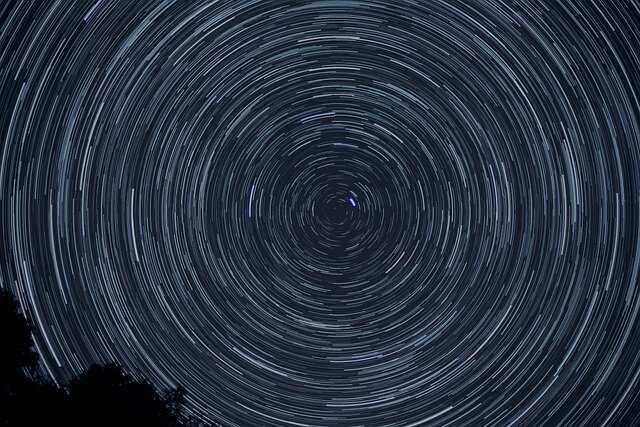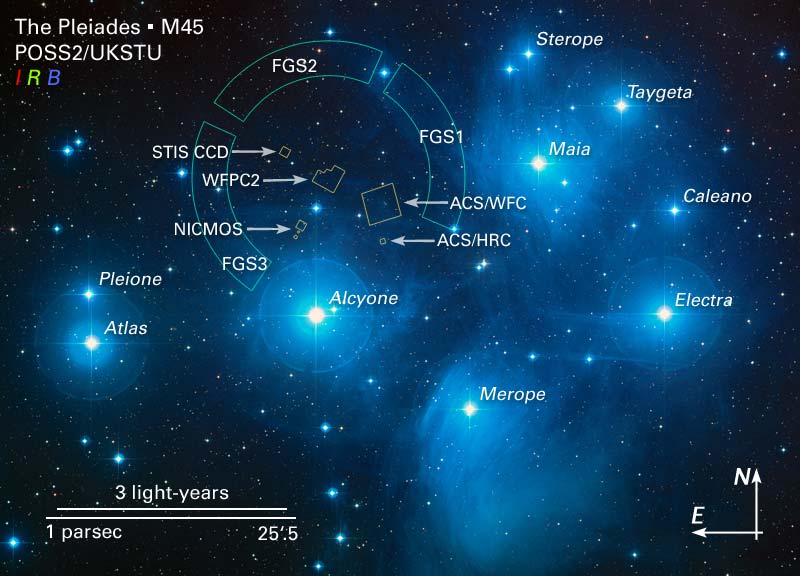Astronomy is a fascinating science that has been studied for thousands of years. Sadly we are losing our knowledge of the night sky. And the light pollution makes it hard for ordinary people and astronomers to see what’s up there.
Throughout history, people learned to recognize the patterns and constellations in the night sky. Today we can do so many things to learn about the stars again, and the first step is to get outside and look up at the night sky.
Contents
Learn About Light Pollution
Light pollution is a problem that affects many people. The main culprit is the artificial light of buildings and streetlights shining into the sky. This light is so bright that it makes it hard to see the stars at night, which can be a problem for astronomers who need to study them.
Light pollution also has adverse effects on wildlife. For example, some animals get confused by artificial lights and end up injured or even killed when they fly into them.
The first known awareness of “light pollution” was in 1864, when Guillemain Amédée wrote a book called “The sky: notions of astronomy for the use of people of the world and youth”. He warned about the dangers to our health and the environment from this new kind of pollution.
You can check the light pollution in your area on this website. And here is how to avoid it.

With the increase in light pollution caused by population growth, it has become difficult to view all of the star patterns that were visible in the past. Big cities are the worst for viewing the night sky, but even smaller centers make learning difficult.
Luckily, you can learn to recognize the brightest stars and planets. These are almost always visible from even the largest cities.
Learn How Stars Move Through The Sky
Stars don’t move with each other, but they seem to shift their positions in the sky. This is due to the Earth’s rotation and the Earth’s revolution around the Sun.
Each day the globe has moved a bit further east, so a slightly new star field is exposed at sunset. All night long, the Earth rotates on its axis. This seems to move the stars westward. Like the Sun, they rise in the east and set in the west. You can quickly learn to recognize a few prominent stars in each of the four seasons.
Website universetoday.com has a great article about this topic.

Learn About Big Dipper Constellation
You should first learn the stars that make up the Big Dipper. (Otherwise known as Ursa Major, the Big Bear.) This is a grouping of stars, called a constellation, that seems to form a large shape of a soup ladle (a cup with a long curved handle).
This constellation is visible in the north. It is always visible on clear nights to those who live in the northern hemisphere. The Dipper cup is upright at sunset in the spring, and the handle curves away to the east.
The cup is sideways at sunrise in the spring, with the handle curving away to the south.
This is the same orientation that the Big Dipper has at sunset in the summer. It’s flipped over in the fall with the handle pointing to the west.
Practice locating the Big Dipper first. You may already know about this constellation, but it is crucial. You can then use it to find many other constellations in the night sky when you recognize them.
Learn Why is the North Star so Unique?
The two stars at the leading edge of the Big Dipper cup give a visual guide to the North Star. Imagine a line running through these stars and extending away from the dipper. This line runs to the North Star. The North Star is not exceptionally bright, but it is a critical marker, as it has been for millennia.
Unlike all other stars in our night sky, the North Star does not appear to move. (Astronomers have discovered, however, that it does move, but it is imperceptible to the naked eye.) The North Star marks the end of the ladle handle for the Little Dipper.

Know The Little Dipper
Otherwise known as Ursa Minor, the Little Bear. The Little Dipper handle leads away from the North Star and terminates in a rough square shaped like the cup. Like the Big Dipper, the Little Dipper rotates around North Star in the night sky.
In fact, all constellations rotate around the North Star. The Little Dipper is parallel to the Big Dipper on the other side of the sky. Polaris is the first star in the Little Dipper’s bowl.
It is immediately above the North Star, with a declination angle of roughly +78 degrees.
Unfortunately, the stars of the Little Dipper are rather dim. You may need quite a dark, clear night sky to see this constellation well. Keep it in mind the next time you are out in the country. The Little Dipper or Ursa Minor is a small constellation that can be seen in the Northern hemisphere. It is one of the 88 modern constellations introduced by German astronomer Heinrich Bessel in 1845.

Get To Know Orion
In the winter, the constellation Orion is very prominent. The stars of this constellation form the outline of a hunter. Orion has been referred to as the Hunter since ancient times.
It’s also distinguished by three stars that form Orion’s Belt. They are the nearest stars in the night sky in terms of brightness. In the sky, the belt creates an asterism.
An asterism is a pattern of stars that is not an actual constellation.
Orion is easily viewed at sunset, rising in the east starting about December 1 each year. It rises in the east at midnight on about October 15 each year. Three bright stars represent a sword dropping below Orion’s Belt, and four bright stars form the body of the constellation.
The Orion Nebula is almost 2,000 light years from Earth, and the sword’s blade is about 160 light-years long.
The center of the sword is not actually made up of a star but the Orion Nebula. This is an area of illuminated dust and gas. It is one of only a few features recognizable to the naked eye.

Supernova Candidates Rigel and Betelgeuse
The Orion constellation contains two fascinating stars, Rigel and Betelgeuse (pronounced “Beetle Juice” or, more correctly, “Betel Guys”). These are two of the brightest stars in the sky.
Rigel is bright white, while Betelgeuse is a deep red. Both are giant stars which are possible supernova candidates. This is a stellar explosion resulting from the star’s collapse and the release of gravitational energy.
The color difference comes from the differing levels of elements that are present. Rigel, a red giant, has a high concentration of hydrogen and helium in its atmosphere. On the other hand, Betelgeuse is a hot blue supergiant that does not have much hydrogen or helium and is mainly composed of heavier metals.

Learn About Sirius
To the west of Orion is Sirius, the brightest star in the sky. A line extending from the Orion’s Belt stars leads to Sirius. Developing the opposite direction, this line would lead to the bright star Aldebaran in the Taurus constellation.

And The Pleiades
Open star clusters can be seen west of Aldebaran, the Taurus constellation, the Pleiades, or Seven Sisters.
This is a close grouping of bright blue colored stars. These stars have been famous around the world since ancient times.
The earliest reference to the Pleiades dates about 3600 years old. Due to the gas and dust in the group, there is a nebulosity effect on the constellation.
The constellation is known as Subaru in Japan and was the namesake of an automotive company that originated there.

Conclusion
You can learn some of the constellations with a bit of practice and better sky viewing conditions. This was an essential skill in ancient times and was still helpful perhaps a hundred years ago.
The rising of certain stars, such as Sirius, the brightest in the sky, signified particular seasons. The ancient people used these as date markers and started their planting or harvesting activities based on them. While this is obviously less important today, gaining some knowledge about stars and astronomy is relatively easy and fun. The night sky is filled with an endless variety if you just look at it.


